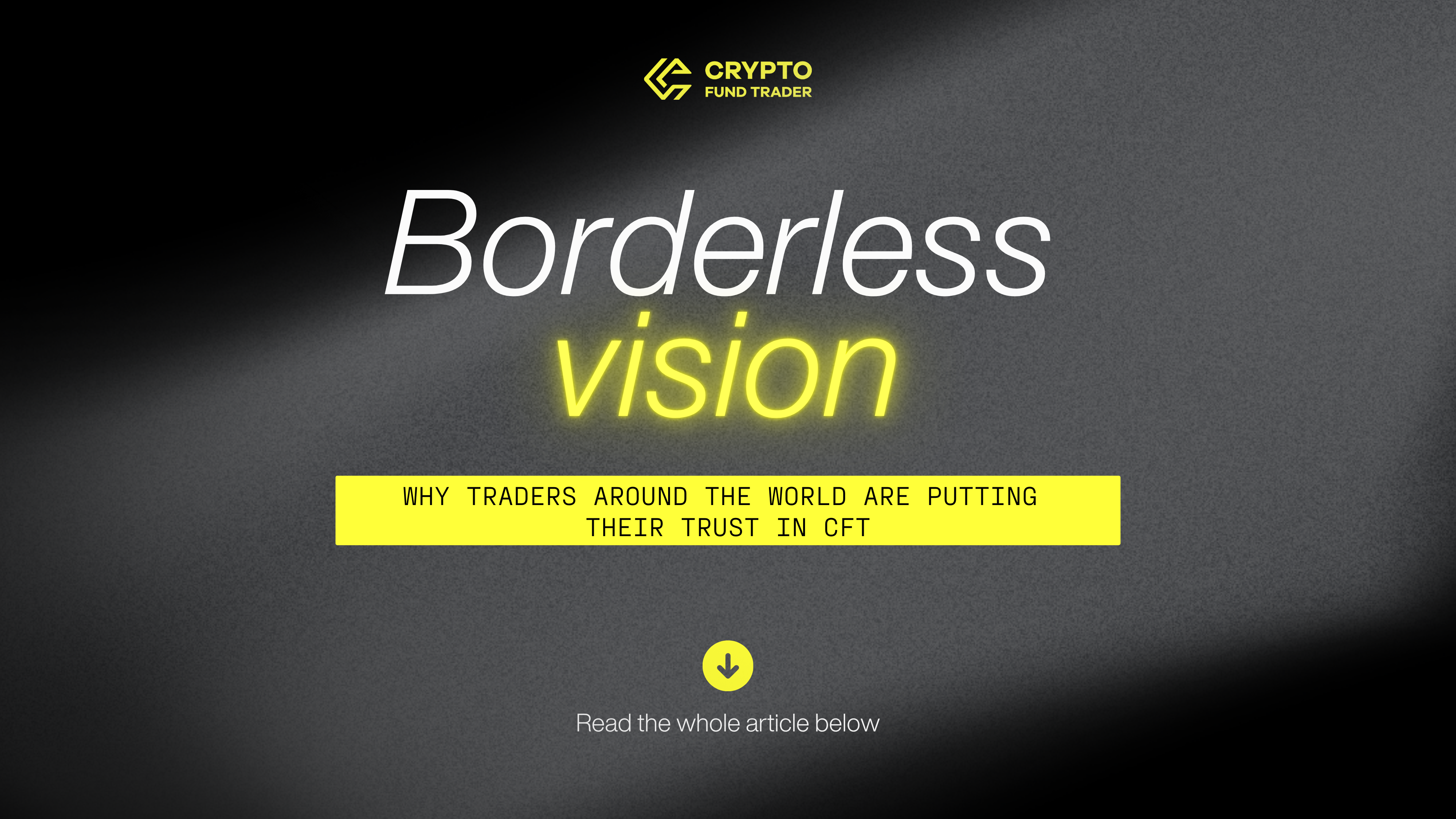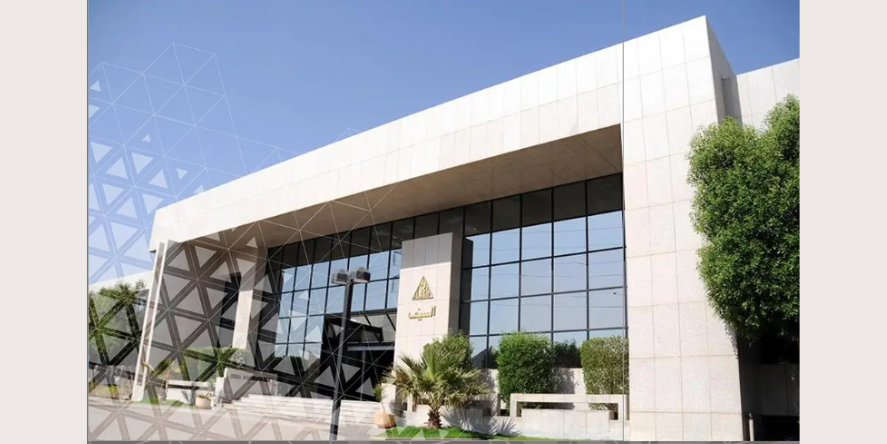It is the grist for the gossip mill- but don’t be troubled, SWIFT’s ISO 20022 is simple. For instance, there comes a time when people become acquainted, their communication can be misinterpreted. Similarly, it’s no different in the financial world, except the threats are significant. If financial organisations have trouble communicating, that will further lead to inconvenience. In this situation, ISO 20022 plays a role.
Introduction to ISO 20022:
In simpler terms, it is a global standard that creates a common language for payments worldwide which results in better transactions for all. It first commenced in 2004, which helped in delivering electronic messages between financial establishments. ISO is the International Organization for Standardization, which provides standards for financial messaging which are based on XML(a mark-up language).

Advantages of ISO 20022:
Enforcing a particular language, IS0 20022 offers dynamic resilience to financial firms which helps them become more susceptible to market shocks, economic trends and technological alterations. It will help with the transparency of payments as institutions can impart more payment-related information. Secondly, it is a future-oriented business model as banks can assimilate themselves with their customers with more precision. Tasks such as invoicing and liquidity management can be automated, thus creating a competent corporate banking ecosystem that is booming and malleable. Also, standardization always brings cost efficiency which is an added benefit compared to the SWIFTs MT format. Lastly, it opens the door to more business opportunities as convergence to one standard is needed and 20022 bridges this interoperability gap.
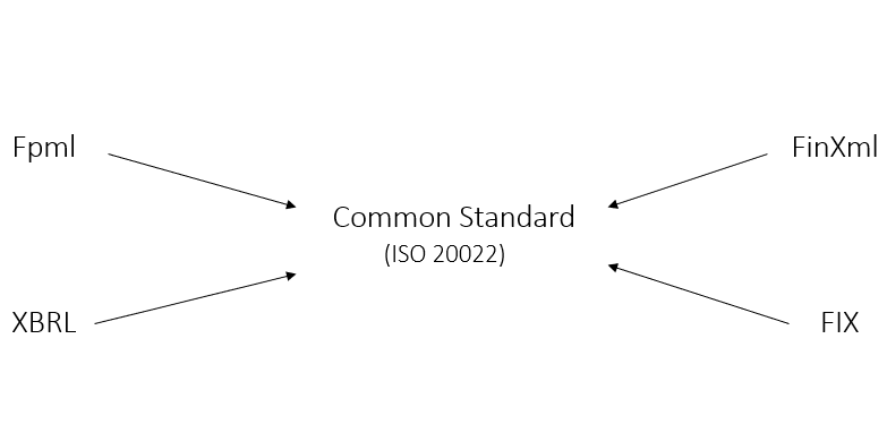
How does it perform?
SWIFT leads ISO 20022 to a manual that comes with all the instructions you need to assemble. The outcome is a standardised way of communicating across frontiers and establishments. By continuing the metaphor this manual has three different instructions namely:
- Business Model:

For a particular payment to take place for example a credit transfer various actors come into play like- Debtor, Creditor, Creditor Agent and Debtor agent.
The debtor and creditor are considered to be one party whose attributes include their postal address and account number whereas the creditor agent and debtor agent are the financial institutions.
A distinct feature of IS0 20022 is its separation between the business and how it is portrayed in the syntax. It starts with shaping the process, the parts and the players involved as well as the knowledge required for the action to take place. These details are then stored and analysed into components having business elements.
- Logical Message Formation:
Whether it is a credit card transfer or payment, it has the potential to utilize components across all messages. As a result, an insightful message is an explanation of the information which is required to perform an explicit function, independent of pattern or syntax.
- The Syntax:
XML is named the elementary syntax which plays the role of visual representation for this logical message. SWIFT proprietary or FIX syntax are some other patterns that can be opted for too. This is preserved in an archive which also contains the ISO 20022 Dictionary.
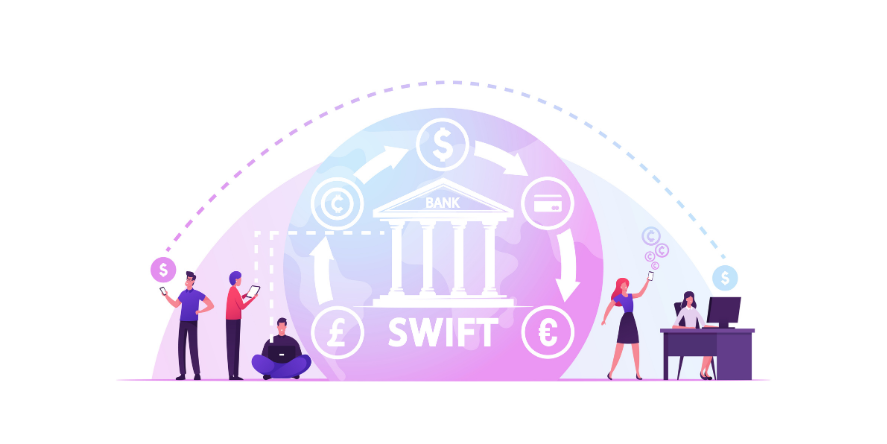
MT vs MX:
MT and MX are two different messaging standards used in the financial sector for exchanging information between banks and financial institutions.
MT stands for “Message Type” and is used to refer to the SWIFT MT message format, which is a standardized messaging format used for financial transactions. The SWIFT MT messages are used for sending various types of financial messages, such as payment instructions, trade confirmations, and securities transactions.
On the other hand, MX stands for “Message Exchange” and is a newer messaging standard introduced by SWIFT to provide a more flexible and extensible messaging format. The MX messages are based on the ISO 20022 standard and provide a richer set of data elements that can be used for financial transactions. MX messages can be used for a wide range of purposes, including payment instructions, trade confirmations, and securities transactions.
The most significant difference between these two messaging formats is that MX is far richer, better defined and more granular compared to its prototype. It improves the calibre and consistency of data across messages and financial processes as well as the automation of its processing.
In summary, both MT and MX messaging standards are used for financial transactions, but MX provides a more flexible and extensible messaging format based on the ISO 20022 standard.
Challenges of implementation:
The implementation of ISO 20022 can be challenging for organisations because of the –
- Technical intricacy- Implementing ISO 20022 requires significant technical expertise, including knowledge of the standard’s structure, message types, and syntax. Organizations need to ensure that their systems and applications are compatible with ISO 20022, which can be a complex and time-consuming process.
- Data Scaling: Converting existing data to ISO 20022 format can be a significant challenge. Scaling data elements from existing systems to the ISO 20022 standard requires careful planning and attention to detail. This process can be particularly challenging for organizations with large amounts of data or complex data structures.
- Coordination: Implementing ISO 20022 requires coordination between various stakeholders, including internal departments, external partners, and service providers. Organizations need to ensure that everyone involved in the process understands the standard’s requirements and is working towards the same goals.
- Migration: Migrating to ISO 20022 requires careful planning and execution. Organizations need to ensure that the migration process does not disrupt their business operations and that all stakeholders are aware of any changes.
- Compliance: Compliance with ISO 20022 can be challenging, particularly for organizations operating in multiple jurisdictions with different regulatory requirements. Organizations need to ensure that they are compliant with all relevant regulations and standards.
Overall, implementing ISO 20022 can be a challenging process, requiring significant technical expertise, coordination, and resources. However, the benefits of adopting the standard can be significant, including improved efficiency, increased interoperability, and reduced costs in the long term.
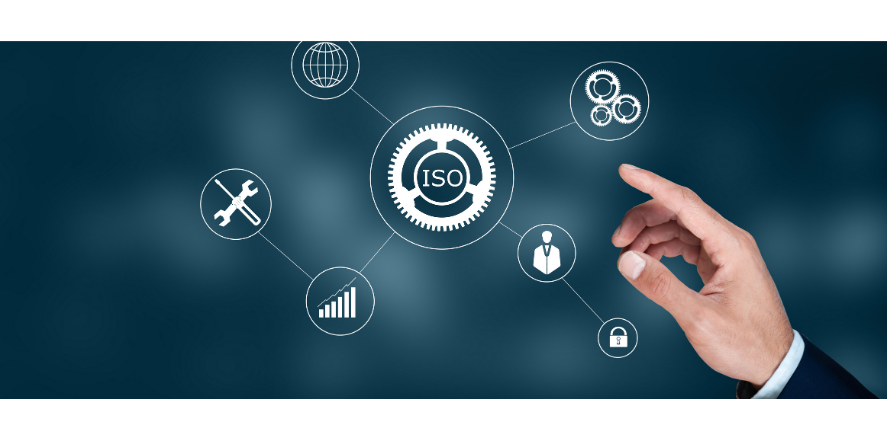
Conclusion:
ISO 20022 is a global standard for financial messaging that is rapidly gaining popularity in the financial services industry. It is a comprehensive messaging standard that enables the exchange of structured data between financial institutions, facilitating the automation and streamlining of financial processes.
The adoption of ISO 20022 offers several benefits for financial firms, including improved efficiency, increased automation, and enhanced interoperability. It enables the integration of financial processes across different systems and platforms, which can reduce the need for manual intervention and improve the accuracy of data.
Overall, ISO 20022 represents a significant step forward in the evolution of financial messaging standards, and its adoption is likely to continue to grow in the coming years. Financial institutions that embrace this standard early on are likely to enjoy a competitive advantage over those that do not, as they will be better equipped to meet the evolving needs of their customers and adapt to the changing financial landscape.
Blog by Tamanna Shaikh




